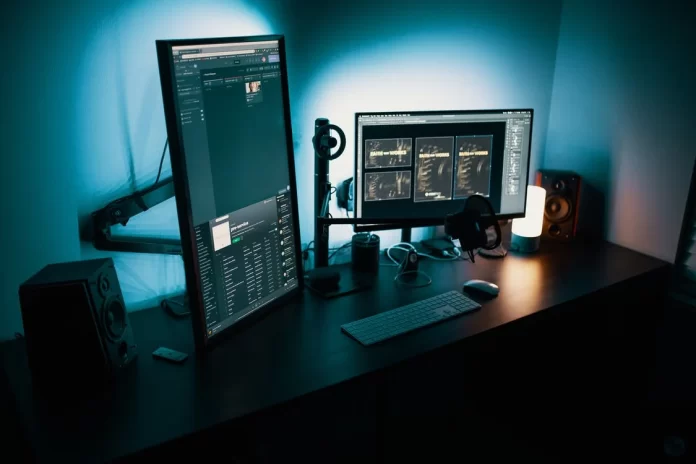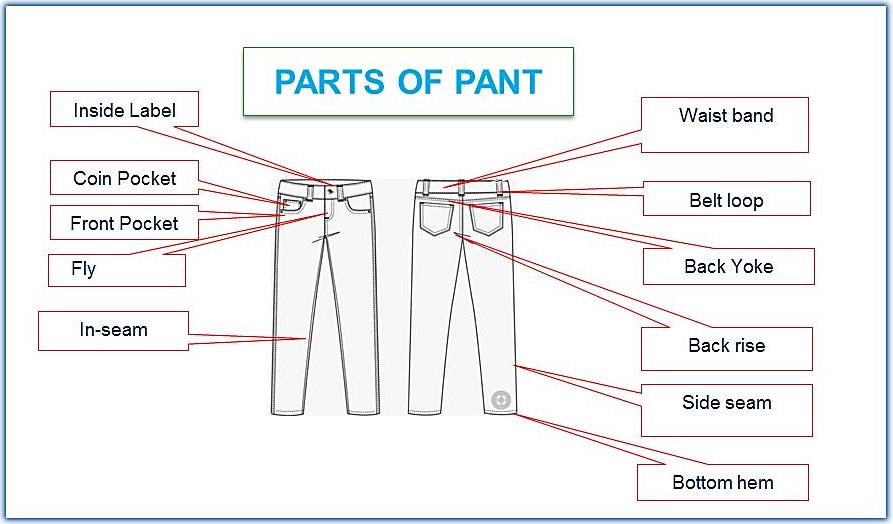Computer numerical control (CNC) machining has become one of the most popular ways to create three-dimensional objects, and many industries use it. If you’re considering getting into CNC precision machining, this guide on CNC machining will help you understand some of the basics of CNC machining and how it works. Plus, it will help you choose the right CNC machining to start a business as soon as possible.
What is CNC Machining?
Table of Contents
CNC machining is a manufacturing process that uses computer-controlled machine tools to create parts from various materials. The process can be used to create small and large parts and perform on various materials, including metals, plastics, and composites. One benefit of this machining is the precision in which it operates — often allowing for tolerances as tight as .0005.
However, a major disadvantage of CNC machining is the cost associated with its use — depending on the material being worked with. In addition, certain types of work require special skill sets or equipment not found in most workshops. For example, if you work with metal alloys such as stainless steel or titanium alloys, you will need specific machinery to handle these materials without damaging them.
How Does a Machine Tool Work?
A machine tool is referred to as a machine for shaping or machining materials such as metal or other rigid materials. This is by cutting, boring, grinding, deformation, or shearing. Machine tools employ a certain tool that does the tricks: cutting or shaping. All machine tools have some means of constraining the workpiece and providing a guided movement of the parts of the machine.
The precise definition of this term, “machine tool,” varies among the users, as discussed below. In its broadest sense, it can be applied to any power-driven machine used in manufacturing. It includes machines not traditionally called machine tools, such as machinery used in metal finishing. In this more general sense, machine tool covers non-machines such as jigs and fixtures.
How do you Choose Your Machine?
When it comes to choosing a CNC machine, there are a few things you need to take into account.
First, what kind of material will you be machining? Different materials require different machines. Second, what is your budget? CNC machines can differ in price from thousands of dollars to hundreds of thousands. Third, what are your space constraints? Some CNC machines are very large and require a lot of space. Fourth, what is the tolerance you need for your finished product? The higher the tolerance, the more precise the machine needs to be. Fifth, how fast do you need your finished product? Some CNC machines can quickly produce parts, while others take much longer. Sixth, how complex are the parts you need to produce?
Which Software Will You Use?
If you’re new to CNC machining, the other thing you need to do is choose the right software. There are many different options on the market, so it’s important to take some time to research your options and figure out which one is right for you and your business.
Once you’ve chosen your software, the next step is to install it and get started. Here’s a quick overview of what you need to know about CNC machining software: There are three main types of CNC machines: wire cutters, lasers, and routers.
Wire cutters work with vector graphics such as logos or text that can be imported into their software, while lasers work with images like photos or drawings that can be imported into their software. Routers work with 3D objects that have been created in CAD software like AutoCAD or SketchUp; these objects will then be exported from CAD and loaded into router machines’ software so they can be used in production.
How can I get Started With My First Project?
If you’re thinking about starting a CNC machining project, there are a few things you need to know first. Here’s a quick overview of CNC machining and how it works.
First, a computer-aided design (CAD) program takes your 2D design and turns it into the corresponding 3D model. Next, this 3D model is sliced into many horizontal cross sections (typically called slices) by the CAD program. These slices represent the different thicknesses that will be needed for your part to create each cross-section at different heights as the milling machine moves around in a programmed pattern or sequence.
Before sending your design over to your CNC machine, the last step is generating an output file that tells the machine which commands to execute for each slice.
What are Some Common Mistakes?
If you’re new to CNC machining, there are a few common mistakes that you can easily avoid. First, make sure you have a clear understanding of the machine’s capabilities and limitations. Second, don’t underestimate the importance of proper tooling and fixturing. Third, take the time to create detailed models and drawings. Fourth, don’t be afraid to experiment with different tool paths and strategies. Fifth, be aware of potential safety hazards. Sixth, know when to call in a professional. And lastly, always keep learning and expanding your knowledge base.
Considering a CNC Machining Company?
When it comes to manufacturing high-quality parts and products, choosing the right type of machining company is an essential part of the process. Fortunately, there are several benefits to working with CNC machining companies that many entrepreneurs overlook. If you’re in the process of researching machining companies to help with your next project, be sure to keep these three benefits in mind so you can make the best choice possible: quality, price, and speed.
Conclusion
CNC machining is a versatile and precise manufacturing process that can be used to create a wide variety of parts and products. If you’re thinking about starting a business that uses CNC machining, there are a few things you need to know. You’ll need to invest in high-quality CNC machines and software. The other thing, you’ll need to hire experienced operators. And lastly, you’ll need to create detailed designs and plans for your products. With these three things in mind, you’ll be well on your way to starting a successful CNC machining business.







